CALORIMETRIC STUDY OF WILDLAND FUEL CONSIDERING POROUS BED EFFECTS
Revista : Fifth International Seminar on Fire and Explosion HazardsTipo de publicación : Conferencia No A* ni A
Abstract
The application of transport processes, pyrolysis, combustion and fluid dynamics to predict large scale wildland fire behaviour is a complex engineering problem. Many aspects of wildland fire spread modelling are still in the very early stages of development. The testing program presented in this paper examines the combustion of pine needles (Pinus halepensis) as a porous fuel bed. The pine needles were burned using a cone calorimeter and fuel sample holders that established distinctly different levels of permeability for the fuel bed. One sample holder maximized the fuel bed permeability and the other minimized the permeability effects. This allowed for a level effect analysis on fuel bed permeability and its effect on key combustion parameters. Measured cone parameters involving energy release; total energy and Rate of Heat Release, in addition to mass loss were shown to be significantly affected by the permeability of the fuel sample holder. The test results also showed that the non-permeable samples fuel decomposition rate was described by first order kinetics and the permeable sample fuel beds decomposition rate was described by second order kinetics. The influence of sample permeability on energy release on a mass loss basis was also identified in the data.




 English
English
